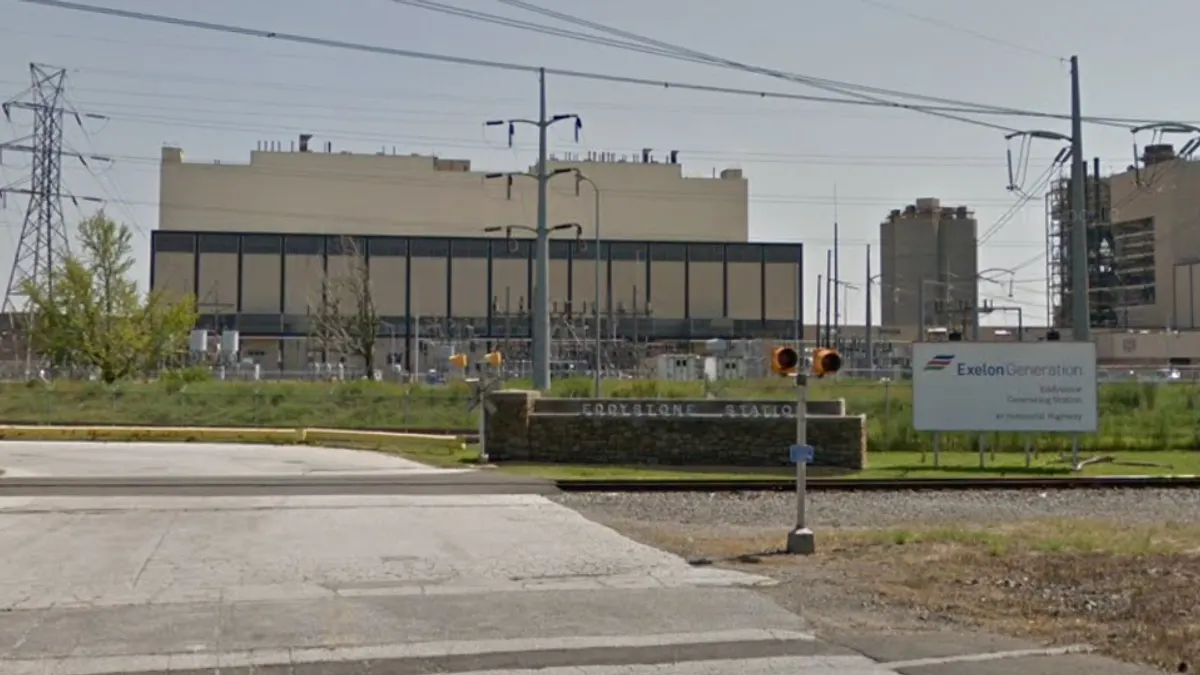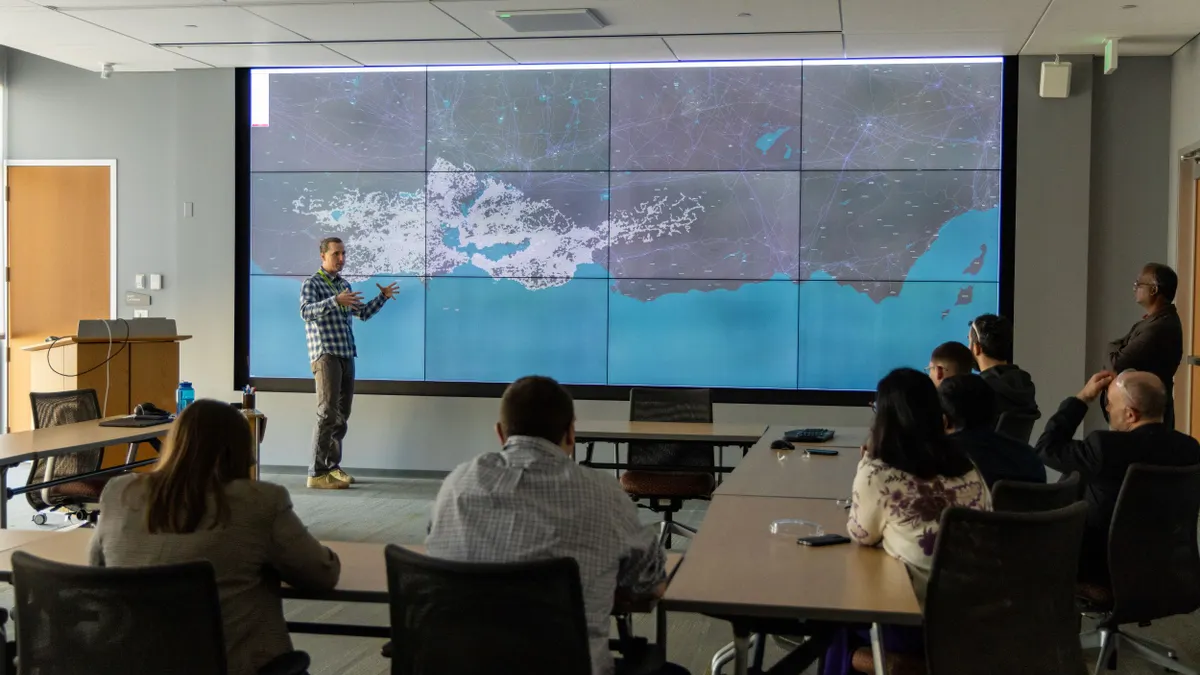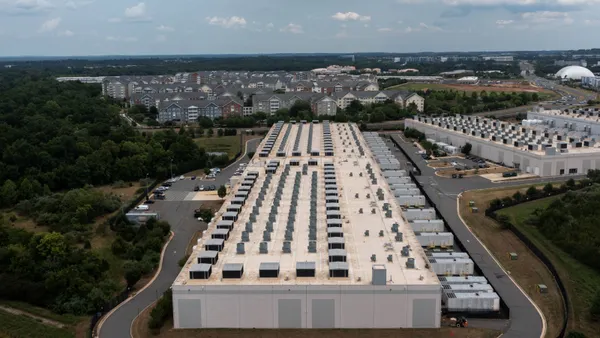Dive Brief:
- Acknowledging that meeting environmental goals will require nuclear generation, and that new technologies can take decades to mature, the U.S. Department of Energy has laid out a vision for the development of advanced reactors and targets 200 GW of nuclear capacity by mid-century, Forbes reports.
- DOE's "Vision and Strategy for the Development and Deployment of Advanced Reactors," calls for at least two advanced reactor concepts to be developed, have reached technical maturity and completed licensing reviews, by 2030.
- The draft plan was released last month, though Forbes points out is has gone largely unreported. On the funding side, DOE last week announced $82 million in funding to support advanced nuclear energy research, with 93 projects in 28 states receiving awards.
Dive Insight:
It's no secret the nuclear industry is facing serious hurdles in the form of low natural gas prices and high operating costs, leaving utilities with few options other than to shutter them or try to keep them afloat through policies and lengthy relicensing processes. But the DOE may have a vistion to keep new nuclear development alive to meet carbon goals.
The DOE's draft vision for new nuclear development is just 27 pages long, but it lays out concrete goals and explains why the agency believes advanced reactors will be key to meeting carbon goals.
"Recognizing that the deployment of new nuclear technologies can take 15–20 years, DOE intends to place significantly increased emphasis on supporting private sector initiatives to advance a new generation of reactor concepts," the report says. By 2050, the agency's vision includes advanced reactors providing a "significant and growing component of the nuclear energy mix both domestically and globally," based on advantages in safety, performance and cost.
The agency wants to have at least two advanced reactors in development within the next four years. And given that overall U.S. power demand will grow by almost a quarter between 2013 and 2040, DOE said nuclear generating capacity will need to total at least 125 GW to maintain the resource's current share of electricity production.
"If meeting the nation’s climate and clean energy goals were to require the replacement of a significant fraction of retiring fossil-fuel plants with non-carbon generation options, then another 50 to 100 GW of nuclear energy might be needed in the coming decades," DOE said. Additionally, nuclear energy used in nonelectric applications such as desalination or industrial process heat would dictate the need for even more nuclear energy.
"Therefore, a projection of at least 200 GW of nuclear capacity by mid-century would seem to be a reasonable target for the United States in light of expected demand growth and power sector carbon-reduction goals," DOE said.
“Nuclear power is our nation’s largest source of low-carbon electricity and is a vital component in our efforts to both provide affordable and reliable electricity and to combat climate change,” Energy Secretary Ernest Moniz said last week, announcing funding grants, which included almost $36 million for DOE's Nuclear Energy University Program to support 49 university-led nuclear energy research and development projects in 24 states.













